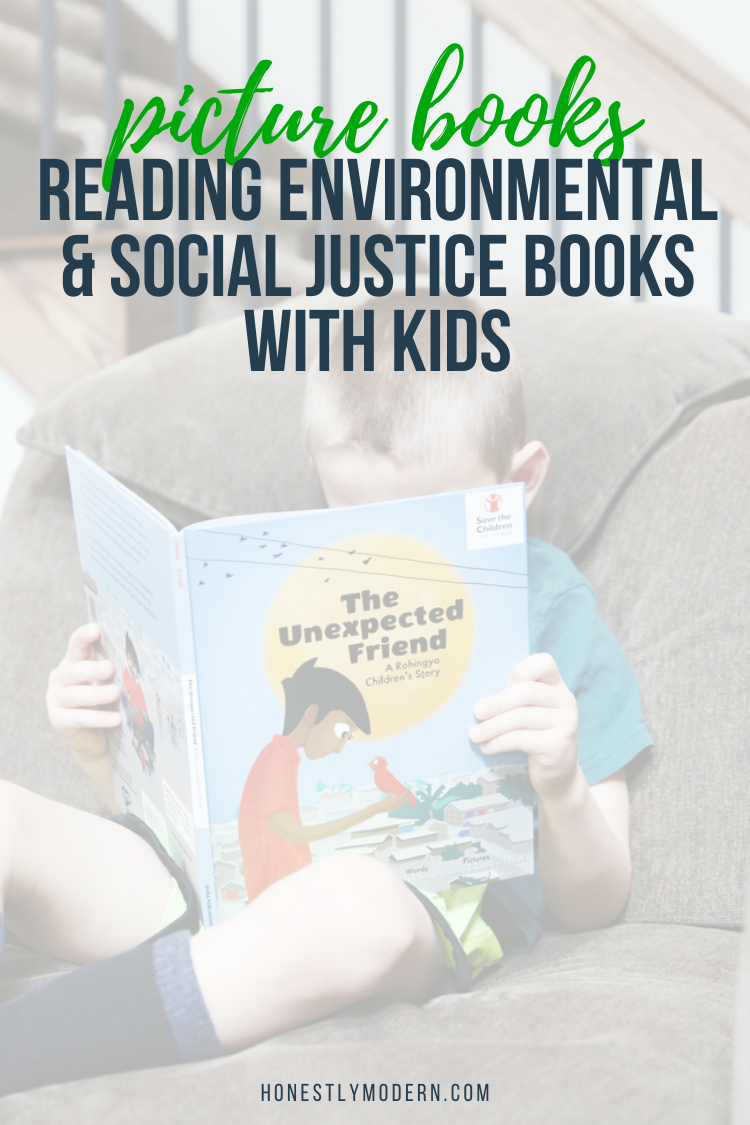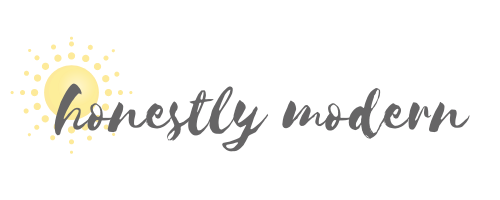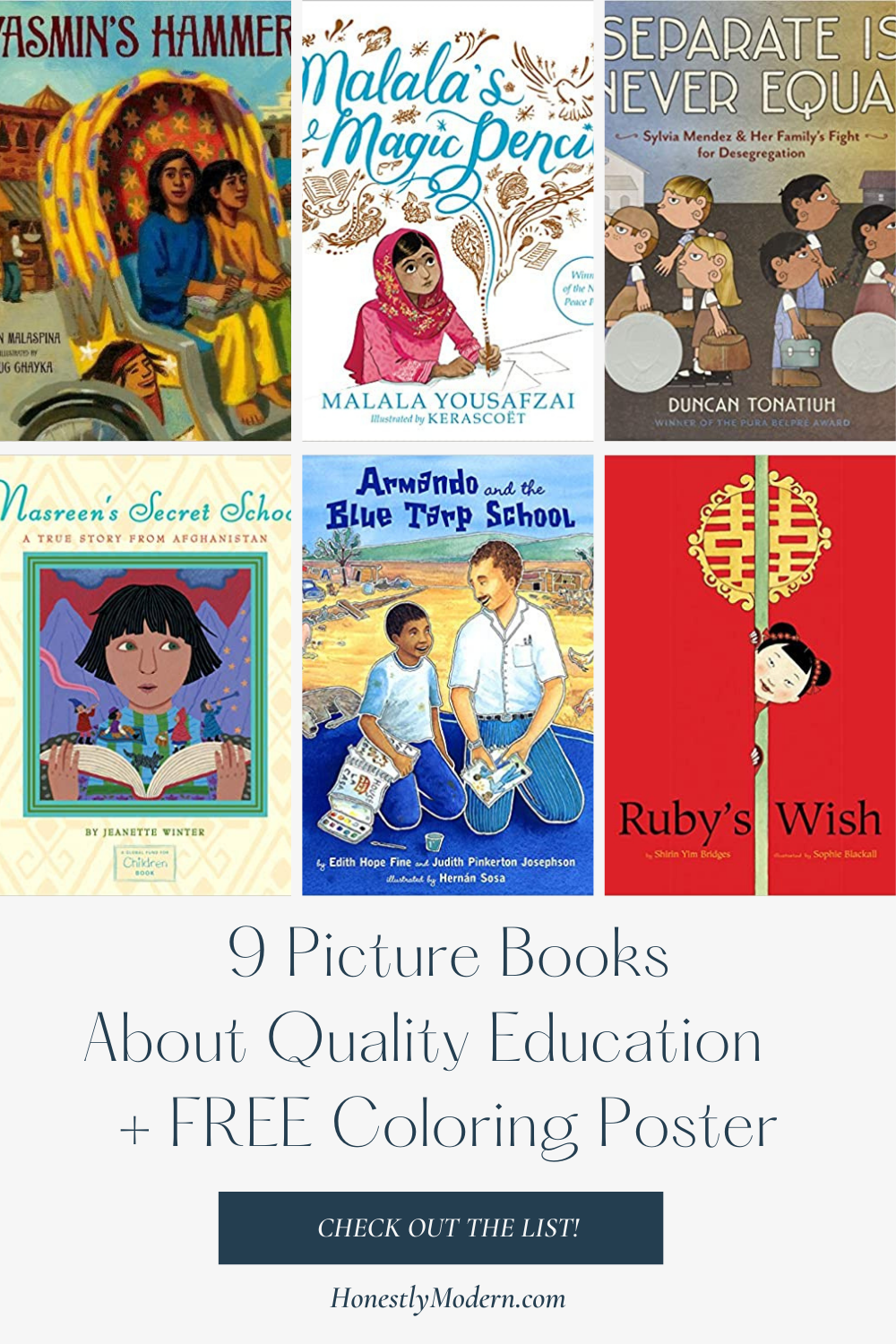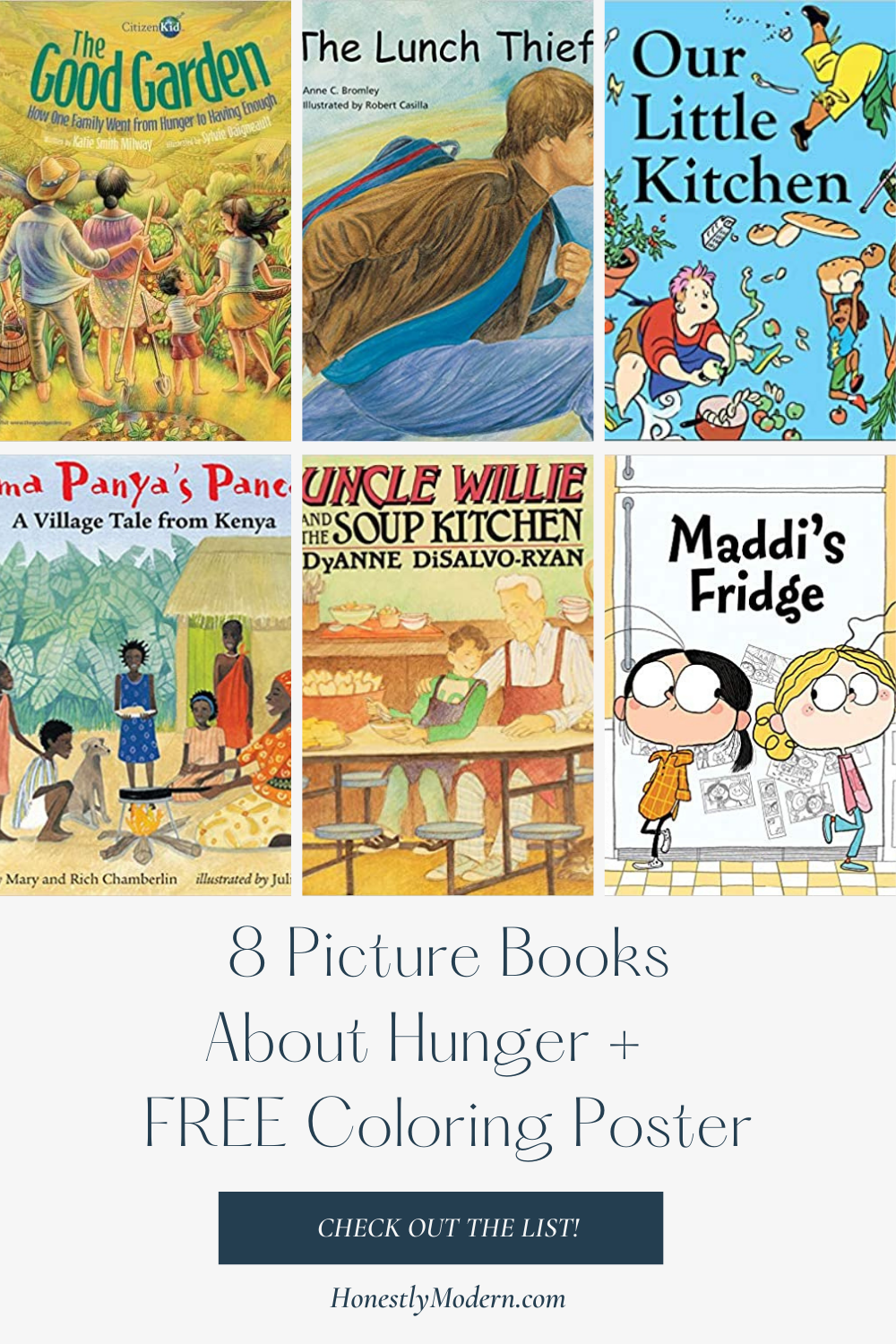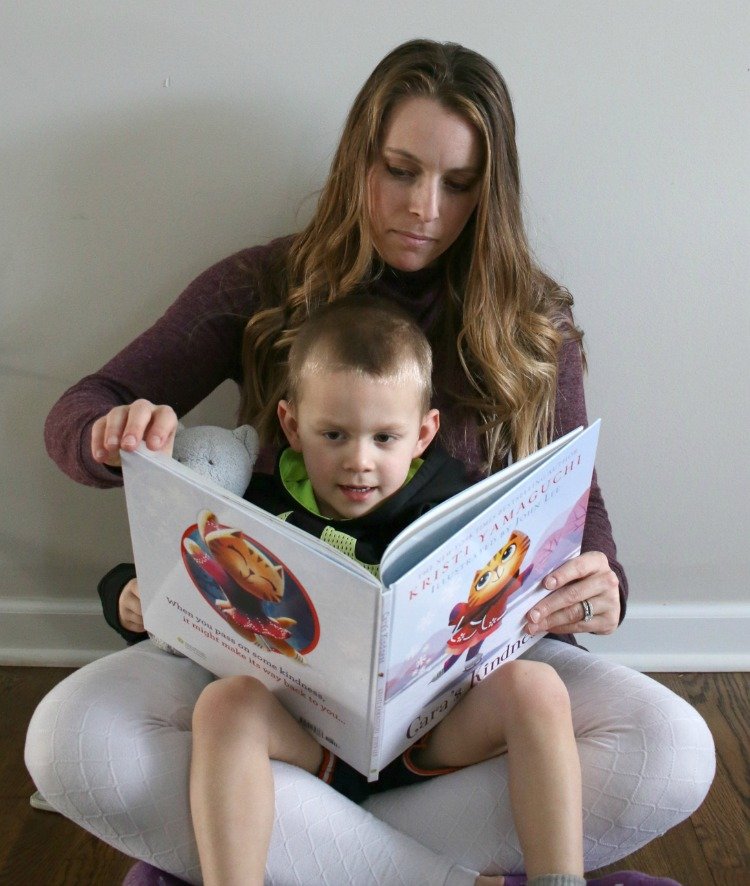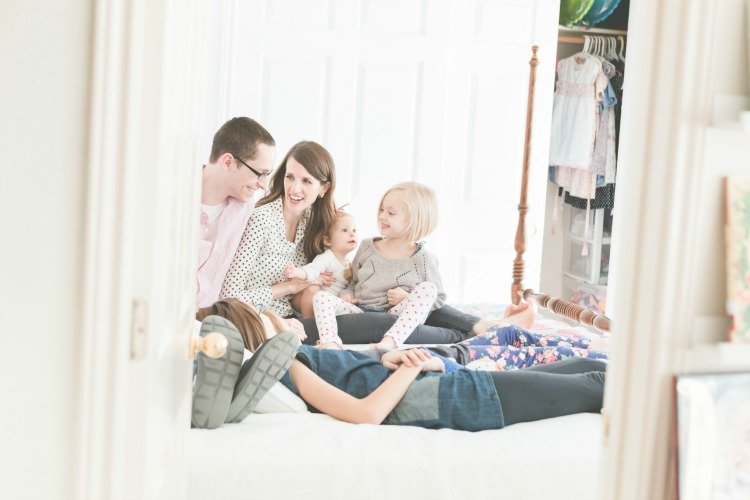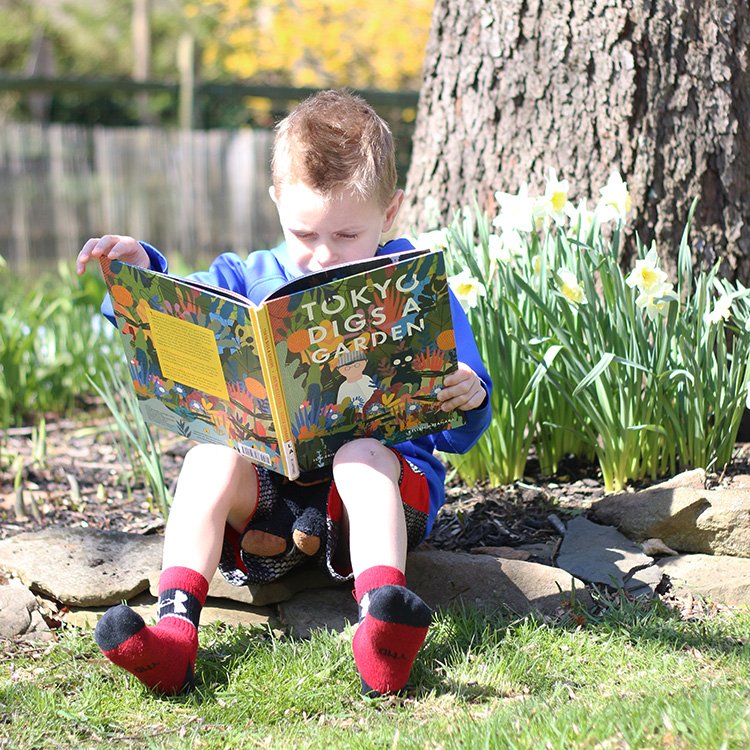Tips For Reading Environmental & Social Justice Books With Kids
Ready to use picture books to help your children learn about important issues like climate change and social justice? After several years of reading these types of books to my boys with intention, here are a few things I’ve learned about how to share them with our kids, where to find the books, and what to expect from your kids while and after you read them.
Note: This list is based on my personal experience. This may be different for other people, so just consider this list as a starting point that might be helpful for your family. I am not an expert and am still learning about how best to teach my children about the difficult realities of our world in an effective way.
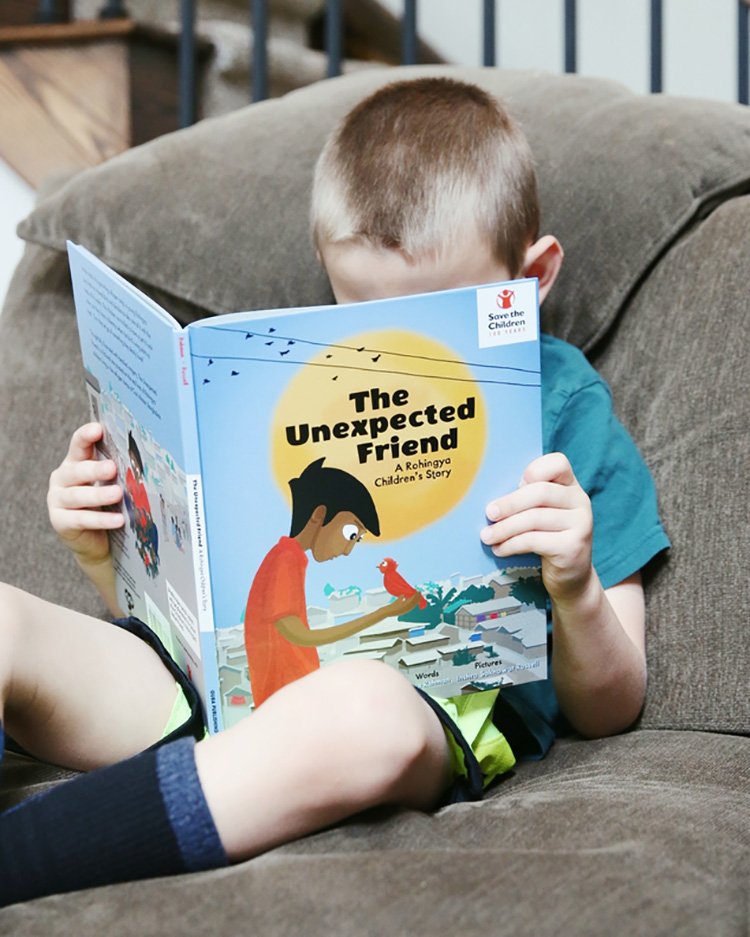
Yesterday, my six-year-old approached me in the kitchen and said simply “What is a Slave?” I picked him up, inquired why he was asking, and asked him to tell me what he thought a slave was. Without missing a beat, he recited verbatim the description of a slave from one of the social justice picture books on our bookshelf.
I’m not sure what sparked the question at that precise moment, but it highlighted a few points. First, this question arose amidst the protests and uprisings sparked by the murder of George Floyd. He’s most certainly heard conversations about these and related current events. Children are not immune to or ignorant of the realities around them. The question was timely for a reason.
Second, our kids are listening and learning through books. We read the particular book from which my son recited the definition of a slave several days prior to his question. But he sat with this knowledge and it became an opportunity for further discussion many days later.
Don’t underestimate the power of books for connecting with and informing our children about important matters in our world. As explained by Rudine Sims Bishop:
“Books,” she wrote, “are sometimes windows, offering views of worlds that may be real or imagined, familiar or strange.”
“These windows are also sliding glass doors, and readers have only to walk through in imagination to become part of whatever world has been created and recreated by the author.”
But if the light is right, the window becomes a mirror.
“Literature transforms human experience and reflects it back to us, and in that reflection we can see our own lives and experiences as part of the larger human experience.”
We all need perspective beyond our own, and picture books are an awesome medium for exploring those perspectives.
Tips For Reading Environmental & Social Justice Books With Kids
A few years ago, I started choosing books for my boys with much intention. They choose plenty of their own books, but through building our home library and checking out thousands of books from our local library, I’ve spent a lot of time reading books to my boys about issues of race, social justice, climate action, community advocacy, and more.
In part, our story time includes fun books that have diverse characters doing everyday kid stuff. However, I also mix in non-fiction books and other picture books about social justice and picture books about environmental matters that are longer, include historical or political context, and are much heavier emotionally.
I’ve learned that my boys will engage with the more challenging books but in moderation. Also, some picture books are not really geared toward kids under six or seven, and my boys struggled to pay attention to this books until recently.
With that, I’ve compiled a few tips for incorporating environmental and social justice picture books into your regular reading routine with your kids.
Mix Up Book Topics
Keep the type of books you read varied. Mix lighter books with heavier environmental and social justice books, like certain of these environmental advocacy books. You can also incorporate lighter books about nature or everyday stories with diverse characters that expose children to diverse ideas and characters but aren’t quite so technical or dense.
Further, include a variety of books your kids just want to read for no particular purpose. For example, if we are reading three picture books before bed, one might be my choice and a climate action or racial justice book while my boys choose the other two from anything on our bookshelves.
Use Book Lists
Find great books by using online book lists. Search picture books by topic using Ecosia (like Google but proceeds are used to plant trees) or searching Pinterest. For example, I have curated themed lists of my absolute favorite nature-related and eco-minded picture books as well as books about everyday stories with diverse characters that I’ve read with my boys.
There are lots of accounts on Instagram as well that recommend great books for kids about environmental, racial, and social justice issues. Further, Goodreads and other online bookshops also have topical lists of books in similar categories.
Put Library Books On Hold
Don’t try to buy all these books. Get to know your local library well and take advantage of their best collection. After all, borrowing is better for the environment anyway!
Also, I think it’s much easier to request these books online from your library before you visit and put them on your library Hold list (instead of looking for them on the shelves while you visit). Many of these books may not be available at your specific library but can be borrowed from another library in your library’s sharing network and delivered to your local library for pick up.
Related Reading: 10+ Ways To Make the Most of Your Library
Talk About the Books In Daily Life
When it’s relevant, connect what you read to your daily activities. You might experience something and be able to say “Hey! That’s kind of like the (fill in the blank) we read about it our book last night.” This might be one of the best ways to turn your reading time into valuable character development and shaping of your children’s values and priorities.
Build Stamina For Books
If you’re not already reading aloud to your kids, it could take some time to build up stamina for longer reading sessions and more difficult topics. This is ok. Stick with it!
When you first start reading books to your kids with a heavy dose of environmental or social justice messaging, know that it might take some practice. Read a few pages. If they lose interest, move on and try another book that interests them in that moment. More than anything, reading must be fun!
A day or two later, come back and try to read a few more pages or try another book in the same genre. Just don’t give up! It takes time and patience to build their read aloud muscles and attention span as well as their engagement with more complicated texts.
Don’t Expect Immediate Action Or Cognition
Just because you read a few books about social justice or climate change, you won’t likely see related values develop in your children overnight. It almost seems silly to write this because it’s so obvious, but I think it’s an important reminder. It could take months or years to see the information from picture books informing your children’s actions and words.
While reading with children, they are absorbing so much while listening and seeing the pictures. Make social justice and environmentally-focused books a part of your family reading culture and the books will have a profound impact on their growing minds and hearts.

